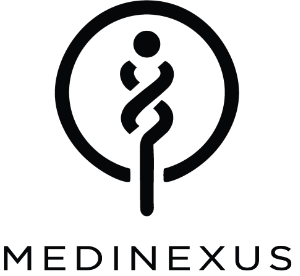DOI: 10.1016/j.jep.2014.11.009
Longfei Lin 1, Boran Ni 1, Hongmei Lin 1, Miao Zhang 1, Xuechun Li 1, Xingbin Yin 1, Changhai Qu 1, Jian Ni 2
1School of Chinese Materia Medica, Beijing University of Chinese Medicine, Beijing 100102, China. 2School of Chinese Materia Medica, Beijing University of Chinese Medicine, Beijing 100102, China.
Abstract
Ethnopharmacological relevance: Polygonum multiflorum Thunb., which is known as Heshouwu ( in Chinese) in China. It is traditionally valued and reported for hair-blacking, liver and kidney-tonifying and anti-aging effects as well as low toxicity. The aim of this review is to provide comprehensive information on the botany, traditional uses, phytochemistry, pharmacological research and toxicology of Polygonum multiflorum, based on the scientific literature. Moreover, trends and perspectives for future investigation of this plant are discussed. It will build up a new foundation for further study on Polygonum multiflorum.
Materials and methods: A systematic review of the literature on Polygonum multiflorum was performed using several resources, including classic books on Chinese herbal medicine and various scientific databases, such as PubMed, SciFinder, the Web of Science, Science Direct, China Knowledge Resource Integrated (CNKI).
Results: Polygonum multiflorum is widely distributed throughout the world and has been used as a traditional medicine for centuries in China. The ethnomedical uses of Polygonum multiflorum have been recorded in many provinces of China and Japan for nine species of adulterants in six families. More than 100 chemical compounds have been isolated from this plant, and the major components have been determined to be stilbenes, quinones, flavonoids and others. Crude extracts and pure compounds of this plant are used as effective agents in pre-clinical and clinical practice due to their anti-aging, anti-hyperlipidaemia, anti-cancer and anti-inflammatory effects and to promote immunomodulation, neuroprotection, and the curing of other diseases. However, these extracts can also lead to hepatotoxicity, nephrotoxicity and embryonic toxicity. Pharmacokinetic studies have demonstrated that the main components of Polygonum multiflorum, such as 2,3,5,4′-tetrahydroxystilbene-2-O-β-d-glucopyranoside and emodin are distributed among many organs and tissues.
Conclusion: Therapeutic potential of Polygonum multiflorum has been demonstrated in the conditions like Alzheimer׳s disease, Parkinson׳s disease, hyperlipidaemia, inflammation and cancer, which is attributed to the presence of various stilbenes, quinones, flavonoids, phospholipids and other compounds in the drug. On the other hand, the adverse effects (hepatotoxicity, nephrotoxicity, and embryonic toxicity) of this plant were caused by the quinones, such as emodin and rhein. Thus more pharmacological and toxicological mechanisms on main active compounds are necessary to be explored, especially the combined anthraquinones (Emodin-8-O-β-d-glucopyranoside, Physcion-8-O-β-d-glucopyranoside, etc.) and the variety of stilbenes.
Keywords: Botany; Pharmacology and toxicology; Phytochemistry; Polygonum multiflorum Thunb; Traditional usages.
Copyright © 2014 Elsevier Ireland Ltd. All rights reserved.


